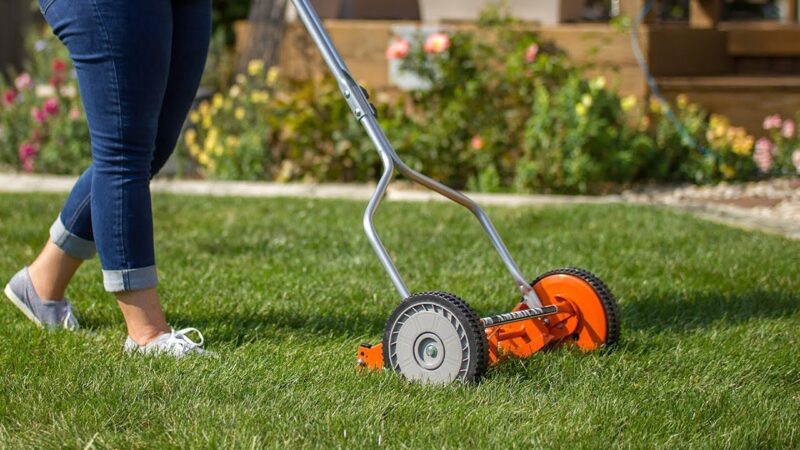How to Grow and Care for Grapes Fruit Plant

Who doesn’t love grapes? They have this sweet and tangy flavor that can conquer anyone’s heart within just seconds of eating. These berry-like fruits not only look adorable, but they are quite yummy also. Even though grapes are prominently available in commercial markets, a lot of people who prefer homegrown grapes gave successfully cultivated grapes in their gardens. Are you too looking to grow grapes? Then here’s how you can do it. But before that, let us get to know some more about this tasty fruit.
Family and Genus

Grapes are fruits (botanically they are berries) obtained from the deciduous vines of the flowering plant genus Vitis and belong to the family Vitaceae. Grapes are primarily used for eating and are consumed in many forms, such as simply eating the fruit, in drinks and smoothies, etc. They are also known to be used in making wines, jams, jellies, grape seed extracts, vinegar, raisins, and even in grape seed oil. They usually occur in clusters, and a serving of only 100 g of grapes can contain almost 70 calories. The grapes usually differ in color and can be green, purple, pink, or even red, depending upon its cultivar.
With more than 8000 cultivars and almost 60 species of grapevines, these plants are found in nearly every place of the world. The only exception to this is that grapes aren’t grown in Antarctica. The most prominent species out of the 60 species known to exist are – Vitis Labrusca, also known as the American Grape, Vitis Rotundifolia, which is known as Muscadine Grape and Vitis vinifera that is commonly known as European Grape. And it is the European Grape that is the most common one, and 90% of grapes cultivated around the world are of this type.
This yummy plant is super easy to grow, and here’s you can grow it at home.
Cultivating Grapes
The grape can grow even when you don’t do much in terms of maintenance, so imagine how well it can flourish and thrive when given the proper care. Grapes are best grown in areas with a temperature range of 13-21 degrees Celsius. They prefer soil that is well-drained, moist, and rich in nutrients. But the soil conditions can also vary according to a different type of cultivars—a PH range of 4.3 to 8.6 id acceptable. However, the problem is that grapes won’t thrive well in soils where the same species were previously grown. Even though shade for a couple of hours a day is not bad, grapes grow best when they have access to full and direct sun.
Fertilization and Aftercare

Since grapevines are deeply rooted plants, there wouldn’t be a need for compost for the plant unless and until the soil it is planted in is seriously lacking in nutrients. The compost only needs to be applied during planting, and if needed, you can apply some compost again after a couple of years.
Even for watering, they don’t need to be watered exactly at regular intervals or anything of that sort. Watering them sufficiently is more than enough, and the plant will only if there is completely no water content at all. But make sure that while you are irrigating the plant, do it only when the fruits start to enlarge. Otherwise, if you start irrigating in the ripening stage, then it may lead to too much water content, less sugar content, and, therefore, less sweetness in the fruit.
Weeding can be done as soon as the young vines are established and this won’t be necessary for older vines. And pruning also has many benefits, such as allowing the easy entry of light into the vines and providing more space for the plant to grow.
Yes, you can grow grapes, even in your backyard. If the soil conditions are right, then as long as the grape plant gets full sun enough water, it can grow well.
Grapes usually grow best in warm and sunny areas and where the soil is well-drained and consists of the right amount of nutrients. If you are planting a row of grapevines, then you can try building a south-facing slope so that along with the sun, they get enough shelter also.
The reason for this could be that either the plants were under-watered or they were over-fertilized.





